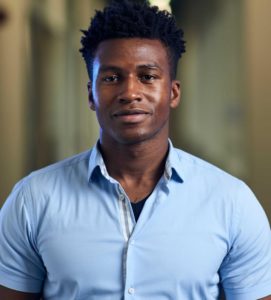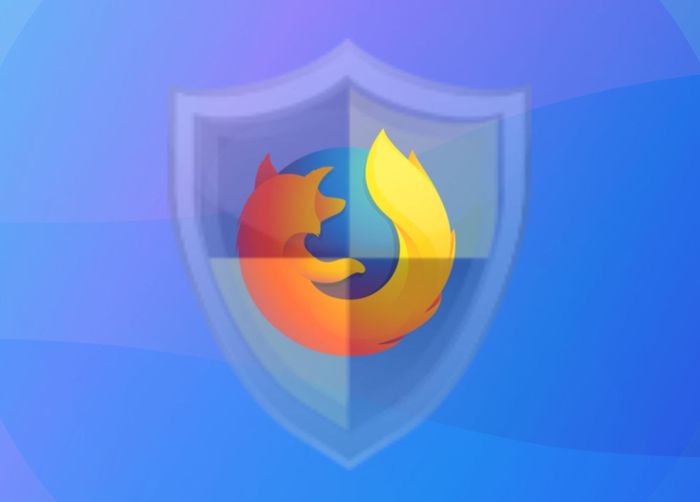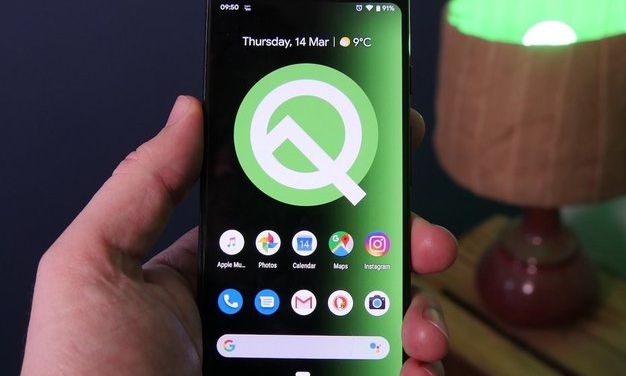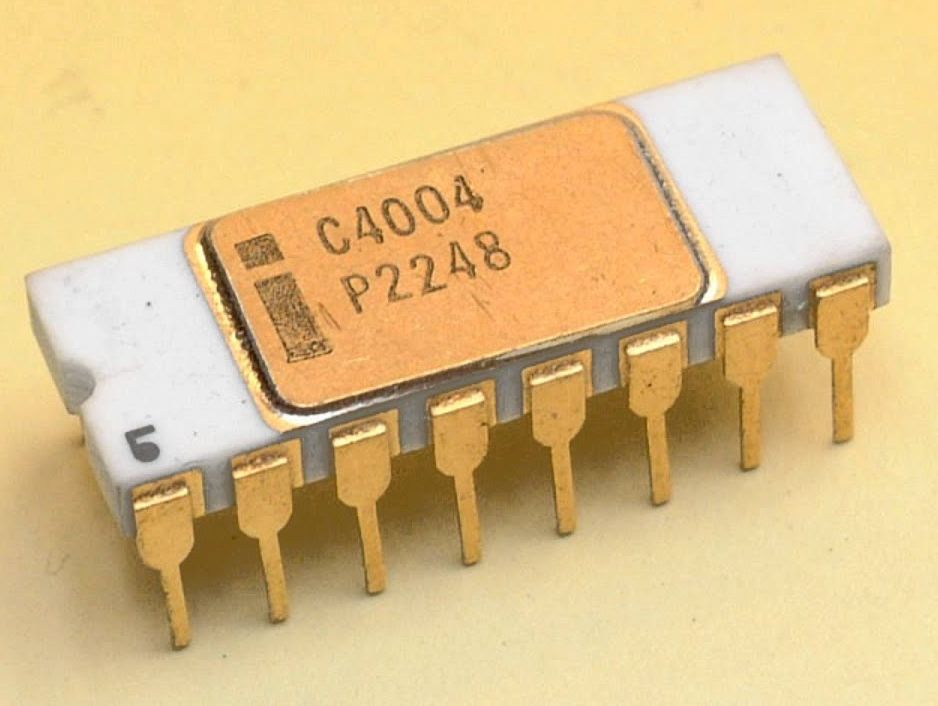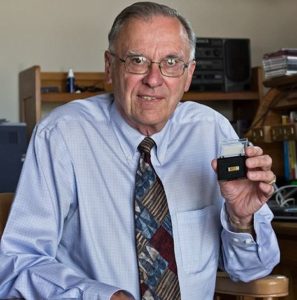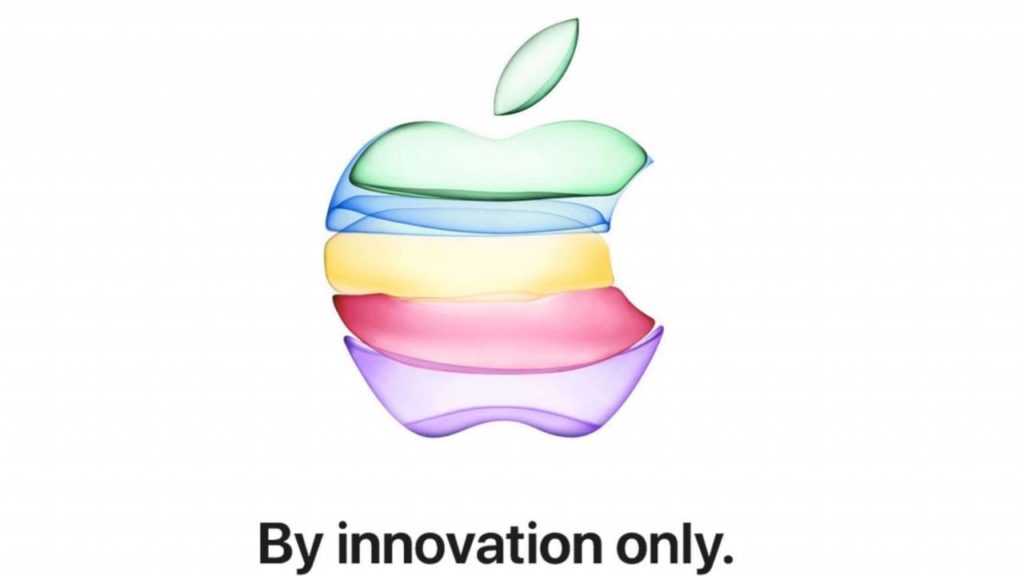Matt Barrie : The Founder of Global Freelancer Marketplace, ‘Freelancer.com’
The growing online marketplace has got the scope for every profession to flourish, and it’s a golden era for the freelancers. How many of you know about Fiverr? Well, I can bet a lot of you guys must be using it already to earn some extra cash, isn’t it? Fiverr was launched in 2010 as a two-sided platform for both the freelancers and the clients, to do any kind of job that is required to set up a company. But, just a year before the launch of Fiverr, Matt Barrie founded freelancer.com, an online platform to upload your projects and hire suitable freelancers to do the job. And today, it is the largest marketplace in the world in terms of the projects uploaded, and the number of users.
Matt Barrie founded freelancer.com in 2009, which is headquartered in Sydney, Australia.
Early Life
Barrie was born on 16 August 1973, in Adelaide, Australia. For his undergraduate course, he went to the University of Sydney to pursue a BSc Hons, and later, received a post-graduate degree in electrical engineering from the Stanford University in 1998.
Early Career
His first step into the professional world was right after he graduated and was hired by Kroll O’Gara Information Security Group. During his time here, he acquired an information security website, Packetstorm from Ken Williams.

In 2000, he joined Innovation Capital as an investment manager and left the company within a year. This was followed by joining Sensory Networks in 2001, where he became the chief executive officer. He left the company after five years, and in between, he attended the executive program for growing companies at Stanford.
In January 2008, Barrie joined as Non-Executive Director in Julius Finance followed by joining QuintessenceLabs as an Advisor in October 2008. Barrie also played a role as an Adjunct Associate Professor in the University of Sydney for 13 years, and finally, left the post in 2013.
Forming Freelancer.com
After joining and leaving many companies, since 1998, Barrie finally formed freelancer.com in 2009. But, the idea of forming an online platform, where freelancers and professionals could meet, wasn’t one of his perfectly planned start-up executed henceforth.
He saw the vast opportunity of this freelancing website when he needed a freelancer to get one of his data entry job done, but was unable to find anyone fit for the project. So, he searched for people online, especially, for college students and found GetAFreelancer where he could upload his project and find a suitable freelancer. After he registered, his job was done within a few days. This gave Barrie a very clear picture of what’s next in the online business trend, and what possibly can create an enormous potential market.
Success of Freelancer.com
Within six years of the company’s establishment, it has expanded the marketplace to over 247 countries, regions, and territories. The company now deals with more than 16million users with more than 8 million projects updated in various categories. Some of the categories of freelancer.com that lured most of the professionals to get their jobs done were software development, graphic designing, and digital marketing.
Freelancer.com became very popular quickly because the services were exchanged online, and the company was trusted enough. For many college students who belonged to remote areas, where finding jobs offline was very much difficult, got a fair opportunity to showcase their talent and earn money. Freelancer.com also created a global network and gave an ample of different options to choose from especially for the clients.
Once the company started expanding, it acquired many crowdsourcing marketplaces like GetAFreelancer.com, EUFreelance.com, LimeExchange, Freelancer.co.uk, etc. By 2016, Freelancer.com was operating in 34 different languages and 21 currencies. So far, some of the biggest clients of Freelancer.com are NASA, Airbus, and U.S Department of Energy.
What after Freelancer.com?
Barrie clearly didn’t hit a pause after the huge success of Freelancer.com. In November 2015, he joined Escrow.com as chief executive and president. Escrow.com is an online payment company, where he is still a position holder.
In November 2018, he joined Freightlancer as Executive Chairman. It’s a marketplace for shipping and transportation which also provides metro delivery through a network of freelancers from Freelancer.com.

Annasha Dey is an NIT student, who apart from studying engineering is also a content writer. She has a great interest in photography, writing, reading novels, and travelling as well. She is a foodie who loves socializing and hanging out with her friends. She is also a trained Kathak dancer and a big fashion enthusiast. Dey also loves watching TV series, which includes F.R.I.E.N.D.S. and Big Bang Theory. To be a better writer she prefers to read more


